China’s martial arts, known as Wushu or Kung Fu, transcend mere combat techniques—they embody a philosophy of balance, discipline, and cultural heritage. From the explosive power of Shaolin to the meditative flow of Tai Chi, this guide unlocks the secrets of China’s martial traditions and how travelers can experience them firsthand.
1. Wushu: More Than Fighting
The Philosophy Behind the Moves 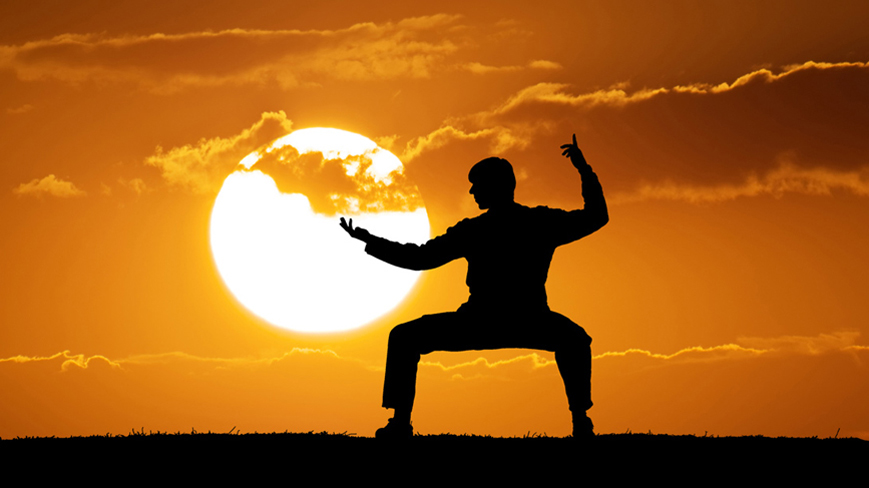
Literal Meaning: The term “Wushu” combines Wu (武, martial) and Shu (术, art). Contrary to Western perceptions, its core philosophy emphasizes “stopping conflict” rather than provoking it.
Three Pillars:
a. Self-Defense: Practical techniques refined over millennia.
b. Mental Discipline: Focus and mindfulness through repetitive forms.
c. Health & Longevity: Improved circulation, flexibility, and stress relief.
Modern Practice:
Competitive Wushu: Acrobatic routines scored like gymnastics (featured in Asian Games).
Cultural Performances: Nightly shows at Beijing’s Red Theatre or Xi’an’s Tang Dynasty shows.
2. Shaolin Kung Fu: Where Legends Are Born
The Cradle of Chinese Martial Arts 
Origin: Born in the 5th century at Shaolin Temple (Henan Province), where monks blended Indian Buddhist meditation with Chinese combat.
Signature Styles:
72 Shaolin Arts: From staff fighting to pressure point strikes.
Animal Forms: Mimic tigers, snakes, and cranes for strategic advantage.
Visitor Experiences: 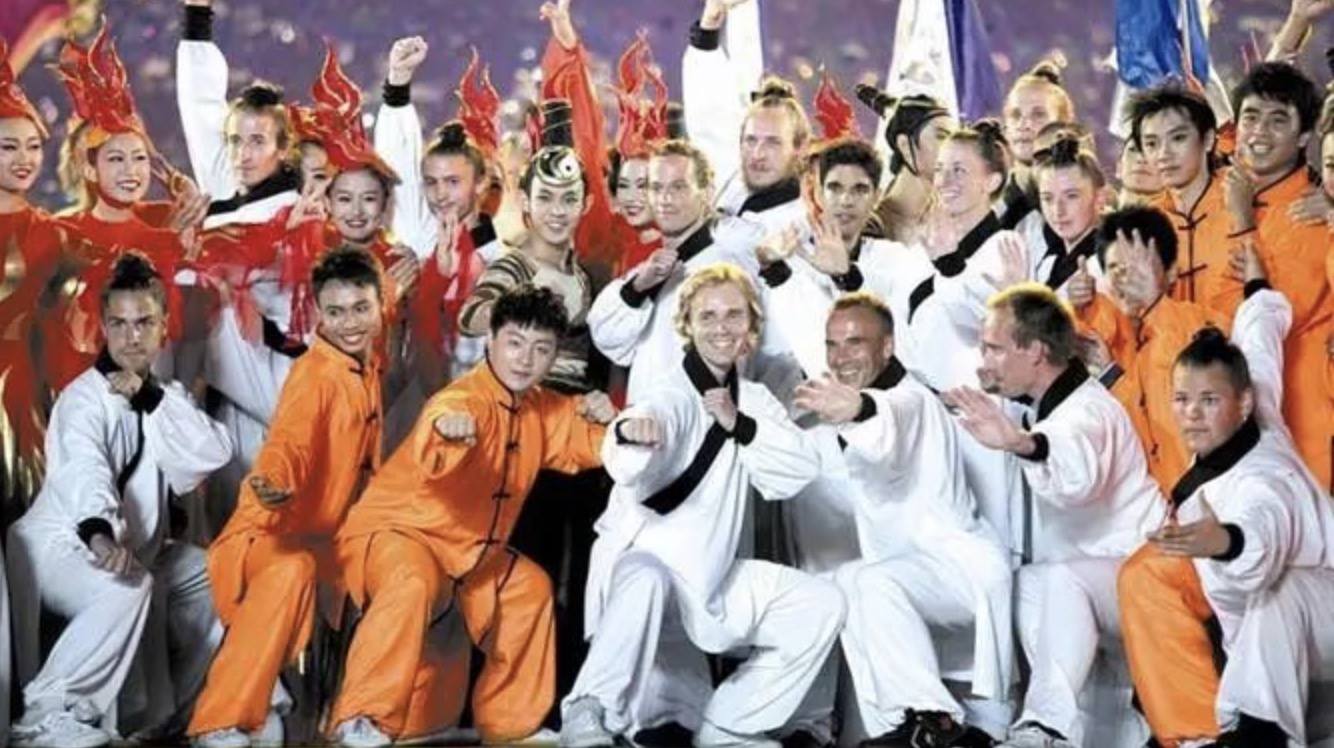
Morning Training Sessions: Watch monks perform iron body feats—breaking spears against throats or balancing on fingertips.
Kung Fu Schools: Join 3 day beginner courses (ages 8+ welcome) at Tagou School, the world’s largest martial arts academy.
Zen & Kung Fu Retreats: Meditate in ancient pagodas after sparring sessions.
Did You Know? The temple’s Forest of Pagodas houses 228 stone pagodas honoring eminent monks—each design reflects their martial expertise.
3. Tai Chi: Movement as Meditation
The Dance of Yin and Yang 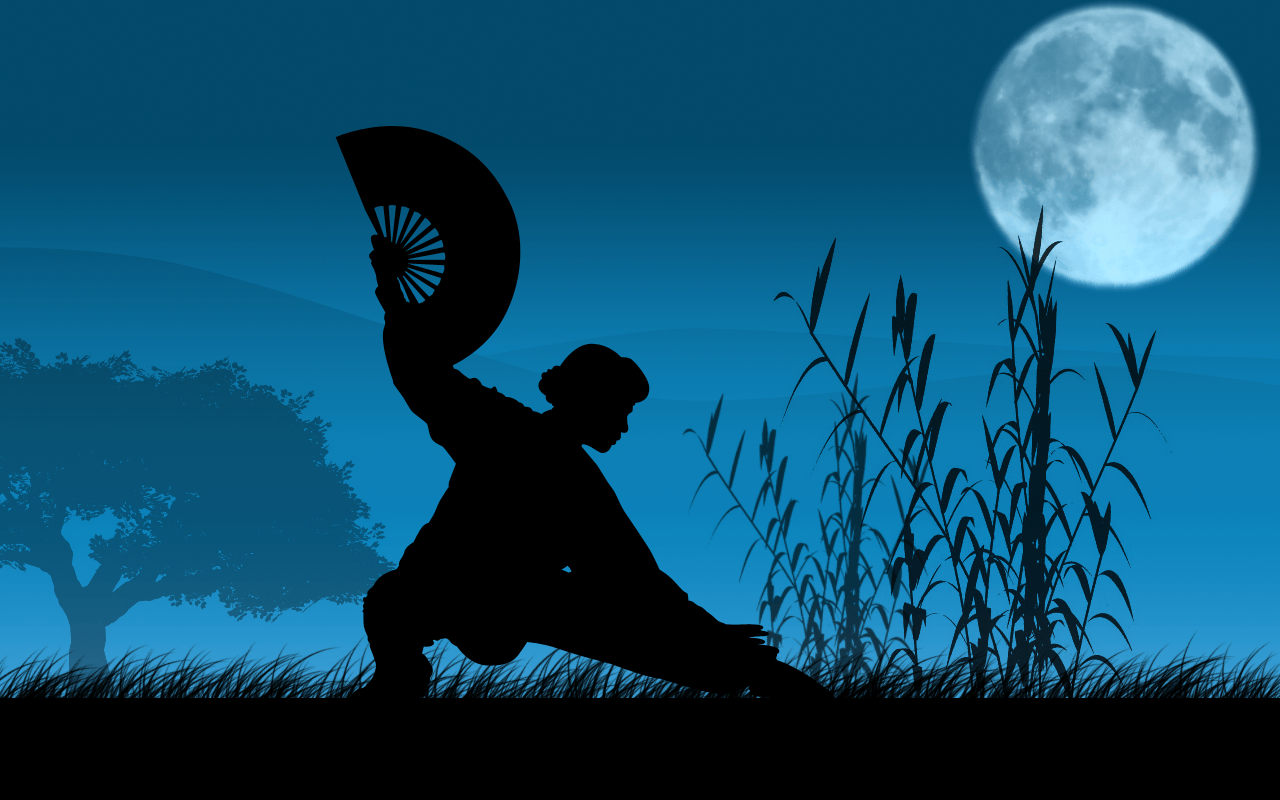
Origins: Rooted in Taoist philosophy, Tai Chi dates to the 12th century. Its slow, flowing motions harness qi (life energy).
Health Benefits:
Reduces arthritis pain
Enhances balance (proven to lower elderly fall risk)
Lowers blood pressure
Where to Practice:
Dawn Sessions:
Beijing: Temple of Heaven Park (locals welcome visitors to join).
Guilin: Yangshuo’s Li River banks, mist swirling through karst peaks.
Pro Tip: Visit Chenjiagou Village (Henan), Tai Chi’s birthplace, for ancestral forms rarely seen elsewhere.
4. Lesser-Known Styles to Discover
Beyond Shaolin and Tai Chi:
a. Baguazhang: “Circle walking” martial art using palm strikes.
Try It: Beijing’s Summer Palace gardens at sunset.
b. Wing Chun: Close-range combat popularized by Bruce Lee.
Experience: Foshan’s Wing Chun Museum offers guided sparring.
c. Drunken Fist: Staggering moves that mimic intoxication.
Watch: Street performers in Chengdu’s Jinli Ancient Street.
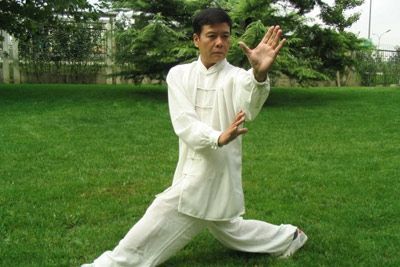 |
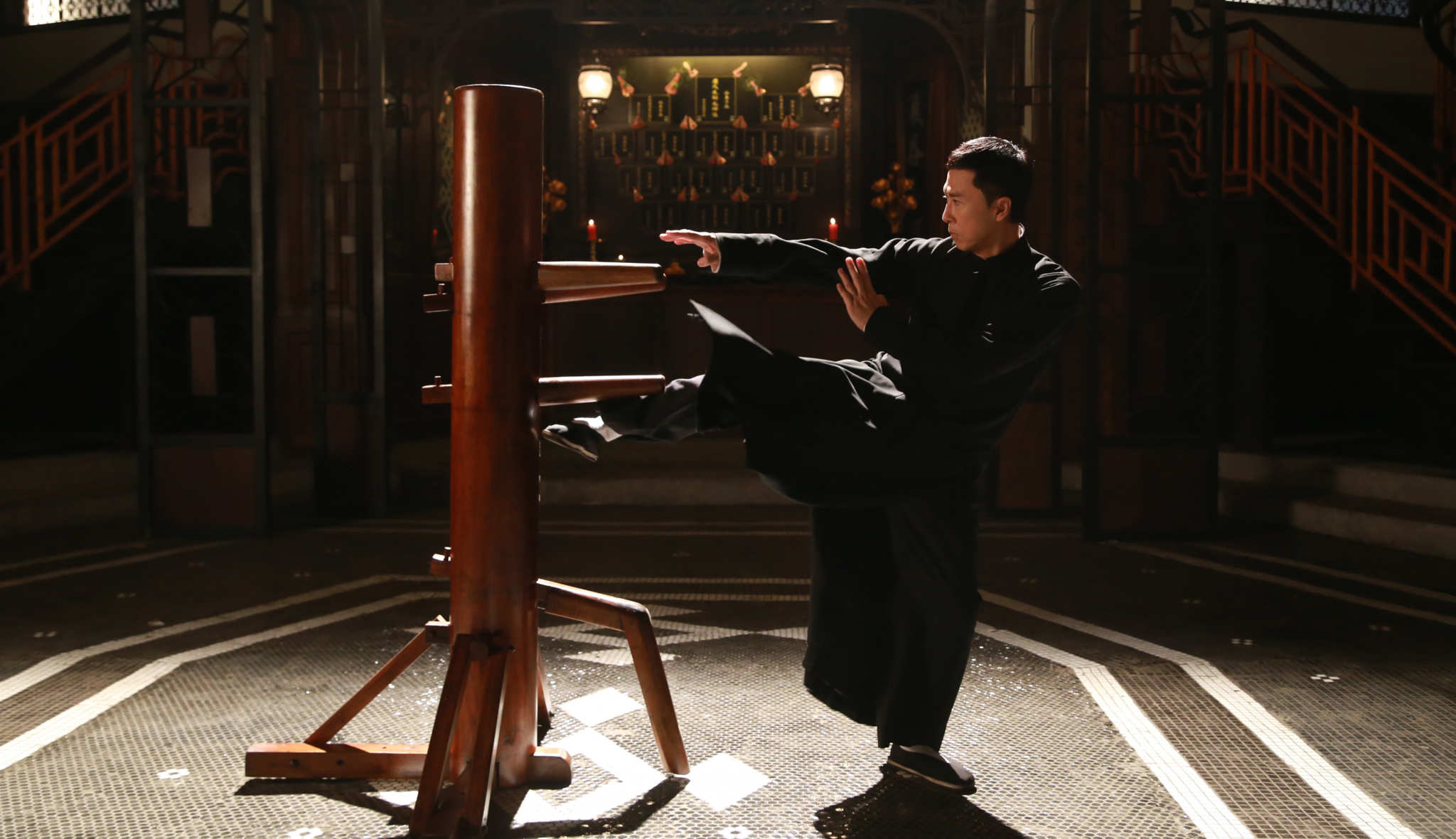 |
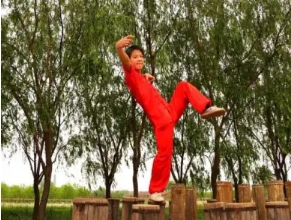 |
| Baguazhang | Wing Chun | Drunken Fist |
5. Kung Fu in Pop Culture
From Temples to Screens:
Jet Li & Donnie Yen: Global ambassadors of Shaolin and Wudang styles.
Film Locations:
Crouching Tiger, Hidden Dragon: Bamboo forest fights in Anji’s Great Bamboo Sea.
Kung Fu Panda: Huangshan’s misty peaks inspired the animated landscapes.
Interactive Fun:
Theme Parks: Hengdian World Studios lets you film your own Kung Fu movie.
VR Experiences: Battle digital warriors at Shanghai’s Kung Fu VR Arena.
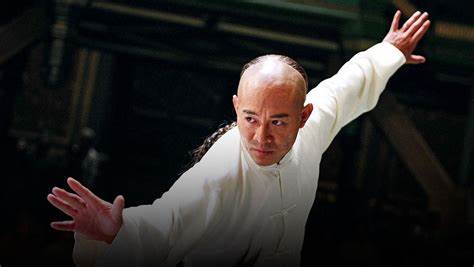 |
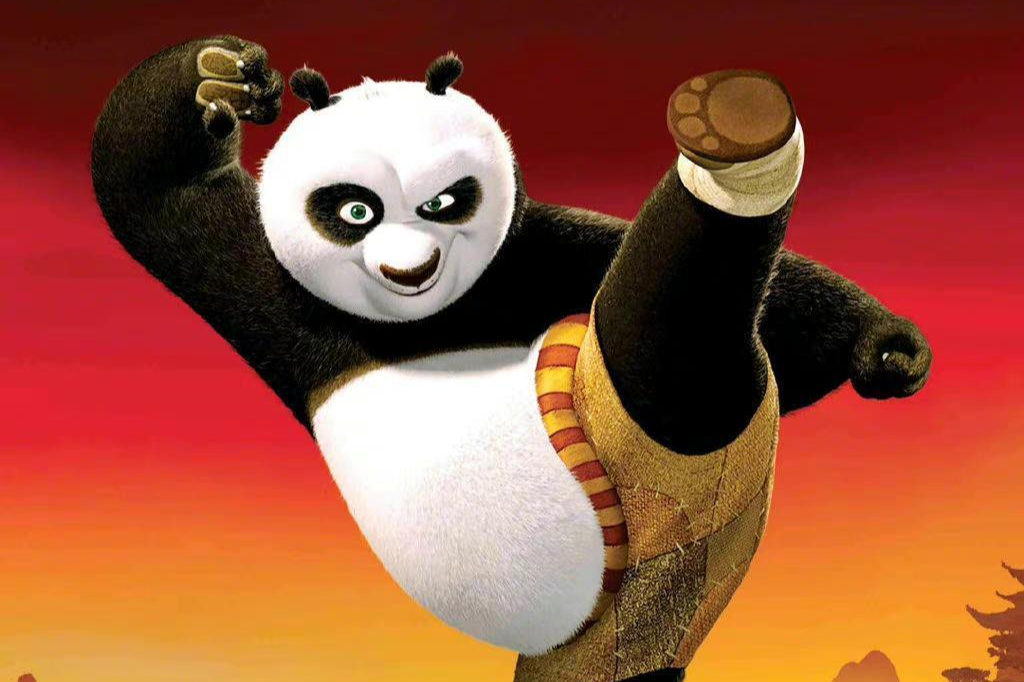 |
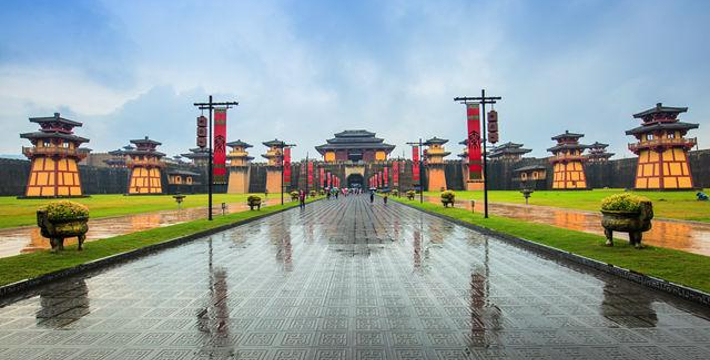 |
| Jet Li | Kung Fu Panda | Hengdian World Studio |
6. Planning Your Martial Arts Journey
Best Times to Visit:
March–May: Pleasant weather for outdoor training.
September: Shaolin Temple Festival with grand sparring tournaments.
What to Pack:
Loose cotton clothing for training
Notebook for philosophy lectures
Open mind for qi sensation exercises
Ethical Tips:
Avoid schools exploiting child performers.
Respect temple rules: No photos during monk prayers.
Next Installment:
How to choose authentic Kung Fu schools vs. tourist traps.
Weapons training: From folding fans to chain whips.
Kung Fu cuisine: Proteinpacked monastic meals for warriors.
Ready to channel your inner warrior? 加油! (Jiāyóu! – “Keep going!”)




































